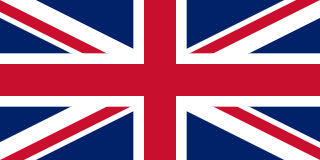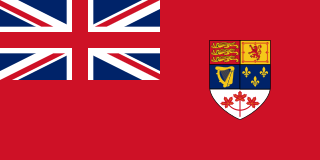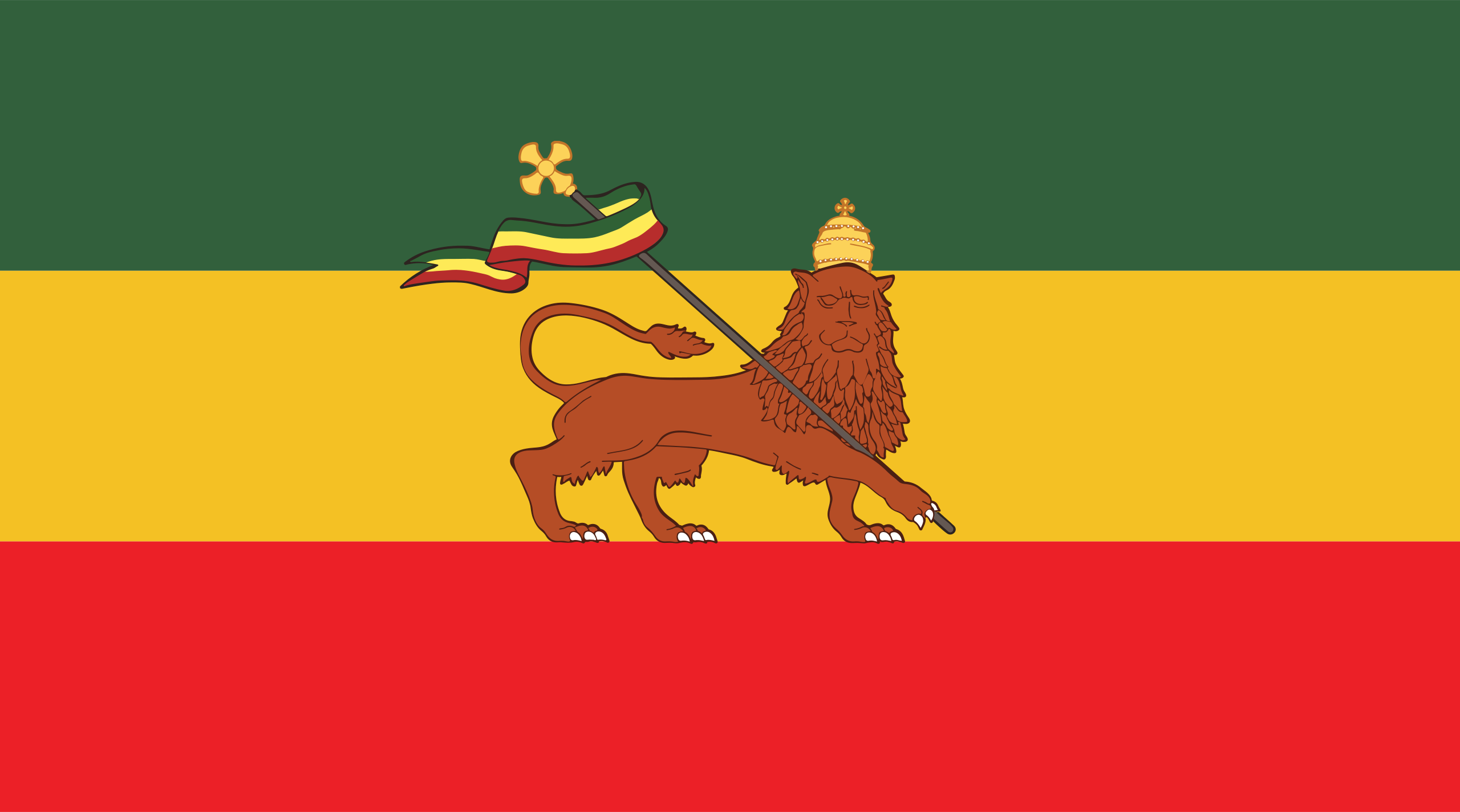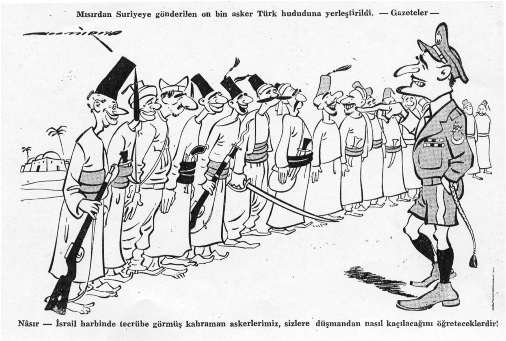- Location
- Sydney
Agreement on the Commonwealth Joint Project and further Research Collaboration (1958)








Section 1. The Anglo-Australian Joint Project at Woomera
- The parties reiterate their commitment to the joint project
- The United Kingdom agrees to upgrade Australia to the position of a full partner, giving her the option of full involvement in all stages of development for proposed projects.
- The United Kingdom agrees to facilitate the necessary transfer of technical knowledge and skills to Australia for the joint project.
- The Parties agree to cost-sharing for specific project development on an equal-footing based on the relative GDP of the parties.
- Australia agrees to pay the costs for maintenance of the Woomera Testing Facility
- Costs for additional instrumentation and expansion of the range are to be paid for by all partners in accordance with the cost-sharing arrangements for project development, with the additional caveat that Australia may offset the estimated annual increase in maintenance from her expected contribution.
- Australia reserves the right to utilise Woomera for her own defence needs and other foreign ventures, but such costs cannot be charged to the Joint Project
- Where one nation wishes to withdraw or cancel a project they must first offer the remaining partner the option of continuing the project alone and facilitate the required knowledge transfer if accepted.
- If the remaining partner does not wish to continue the project alone, they are to be reimbursed existing expenditure by the withdrawing party.
- The Partners agree to invite Canada and New Zealand to the program under the same partnership and cost arrangements as outlined above.
- The project is renamed to the Commonwealth Joint Project.
- The nuclear testing facility at Maralinga is to be merged with the Woomera rocket range and the Joint Project
- Funding, maintenance and site rehabilitation arrangements will continue as agreed under the Canberra Accords
- The Australian Government removes it's objection to thermonuclear tests
- The United Kingdom will continue to facilitate an independent nuclear capability for Australia through the involvement of Australian research scientists and the sharing of technology and results.
Section 3. Advanced Aircraft Test Facility
- The parties agree to collaborate on advanced aeronautics development and testing
- Australia will develop a test range as part of the Woomera complex for advanced aerospace vehicles and technology
- The activities of the Advanced Aircraft Test Facility will be constituted under the Joint Project
Section 4. Joint Anglo-Australian Optical Telescope
- The parties agree to the construction of a joint optical telescope research facility to be located in Australia
We note the following research priorities and existing projects in this space
- Long Range Jet Transport including Supersonics
- Novel Aviation concepts including STOL/VTOL Technologies
- Supersonic Interdictors (TSR-2 / Avro 730 / Vickers Swallow)
- High performance Fighters (F.155 Interceptor Tender, CAC-27 Warrior)
- Air to Air missiles (Blue Jay, Vickers Small Weapon)
- Surface to Air missiles, including for Ballistic Missile Defence (Bloodhound, Blue Envoy, Thunderbird, Malkara-SAM)
- Air to Surface Missiles (Momentum Bomb)
- Sounding Rockets (Jabiru, Skylark)
- Ballistic Missiles and Space (Blue Streak)
- Surface to Surface Weapons (Vickers-GAF Vigilant / Project E, Jindvik Cruise Missile conversion, Ikara Land Strike)
- Anti Submarine Warfare (Ikara long range torpedo)
- Nuclear Power and Weaponry
Section 6. Naval Cooperation
- The British government agrees to embed a Naval design team with the Royal Australian Navy design team at Jervis Bay to assist with the joint-development of naval vessels and the evaluation of British designs for RAN adaptation including the necessary adaptation to the Pacific.
[x] - Frank Stewart, Minister for Foreign Affairs
[x] - Harold Macmillian, Foreign Secretary
[x] - Canada
[x] - New Zealand
Last edited:
















